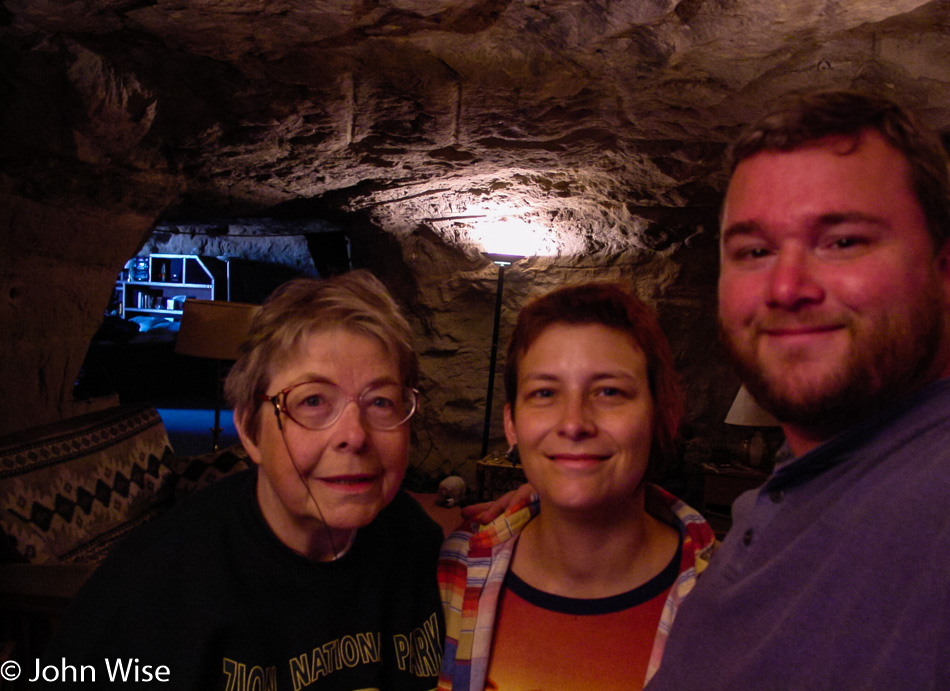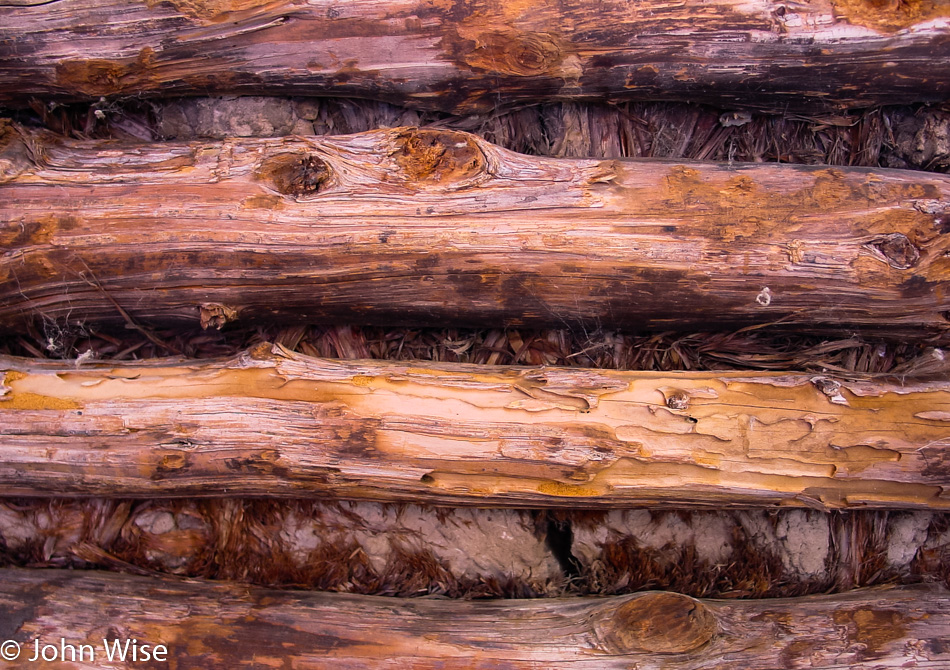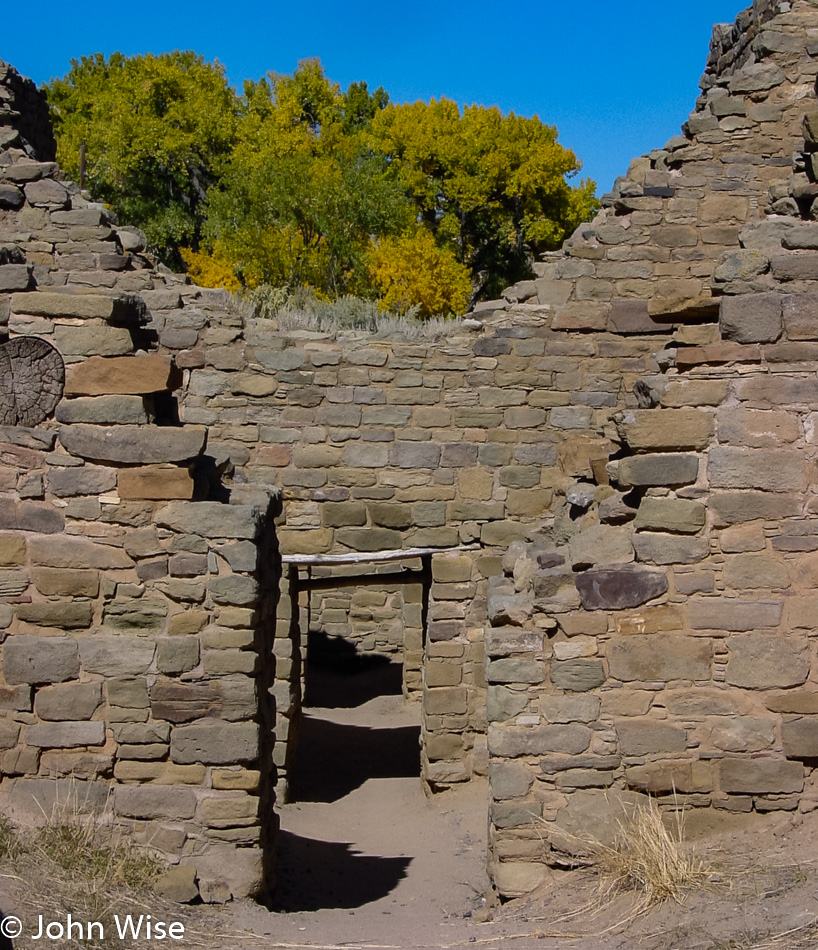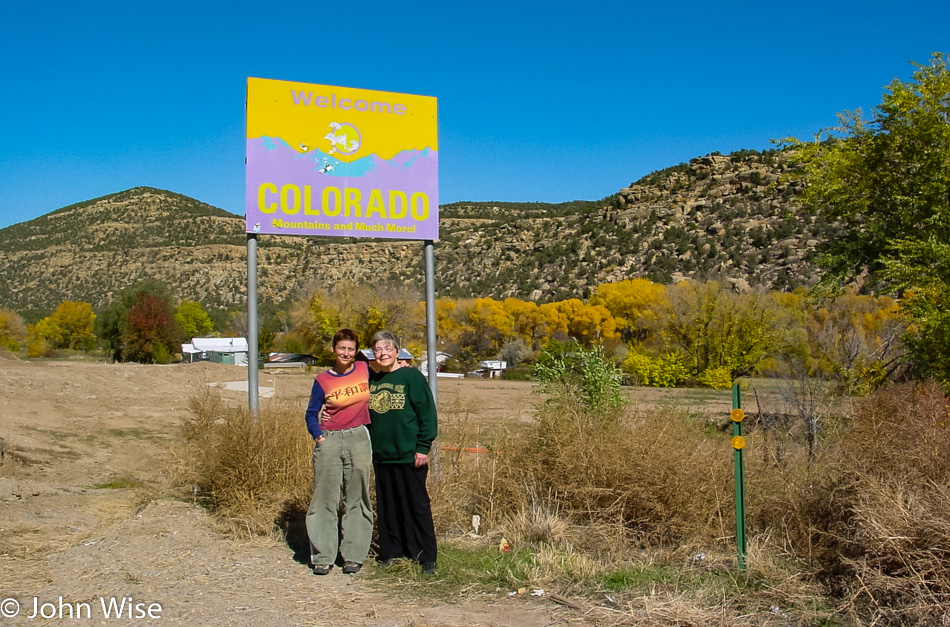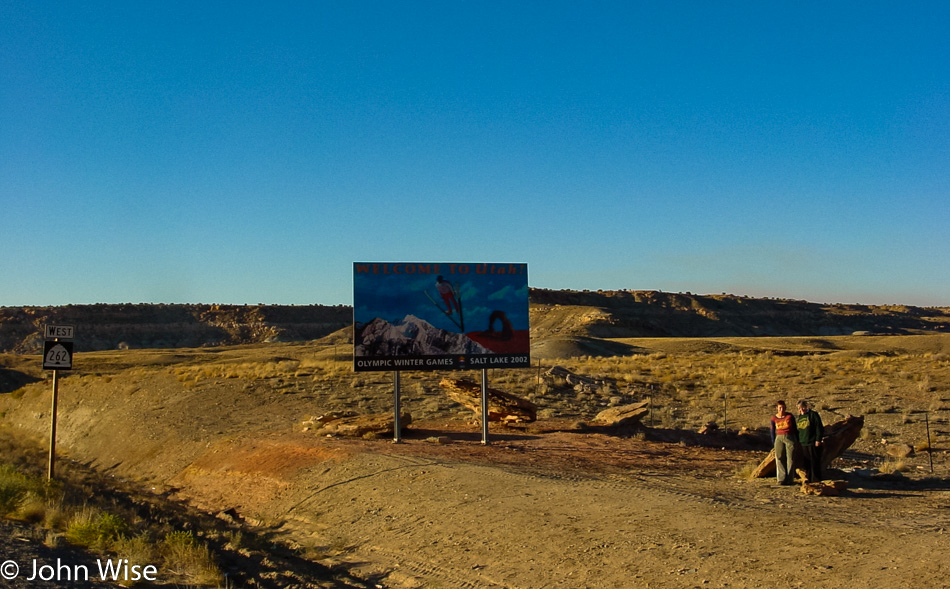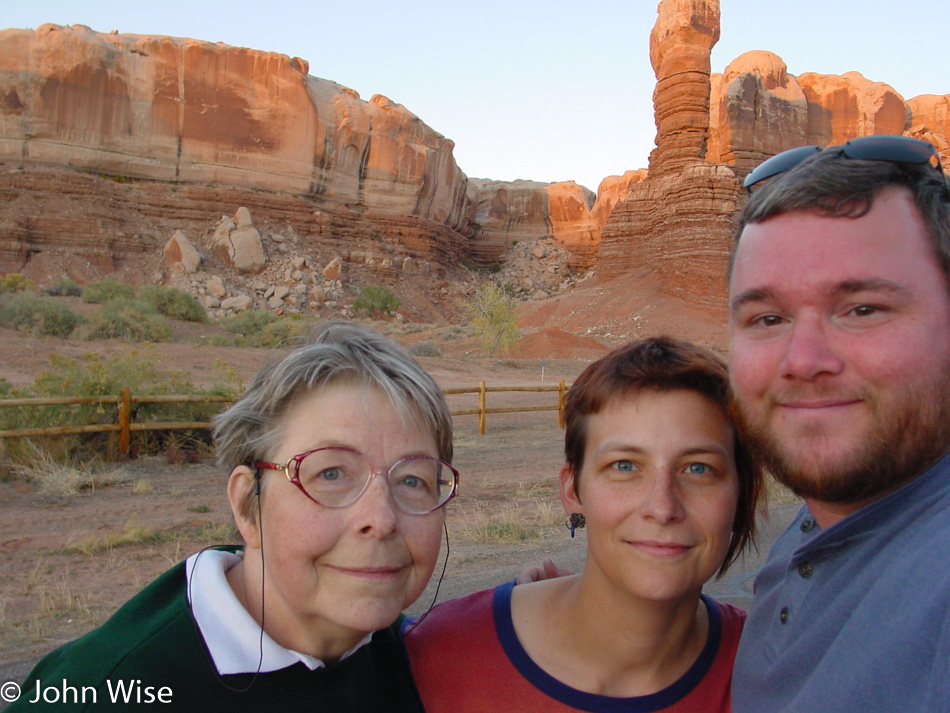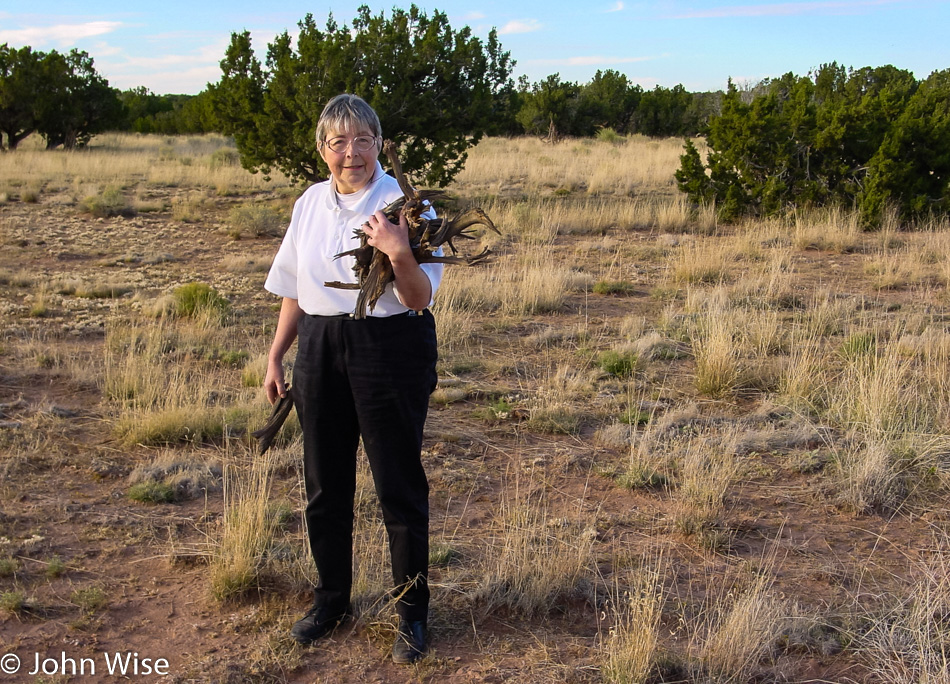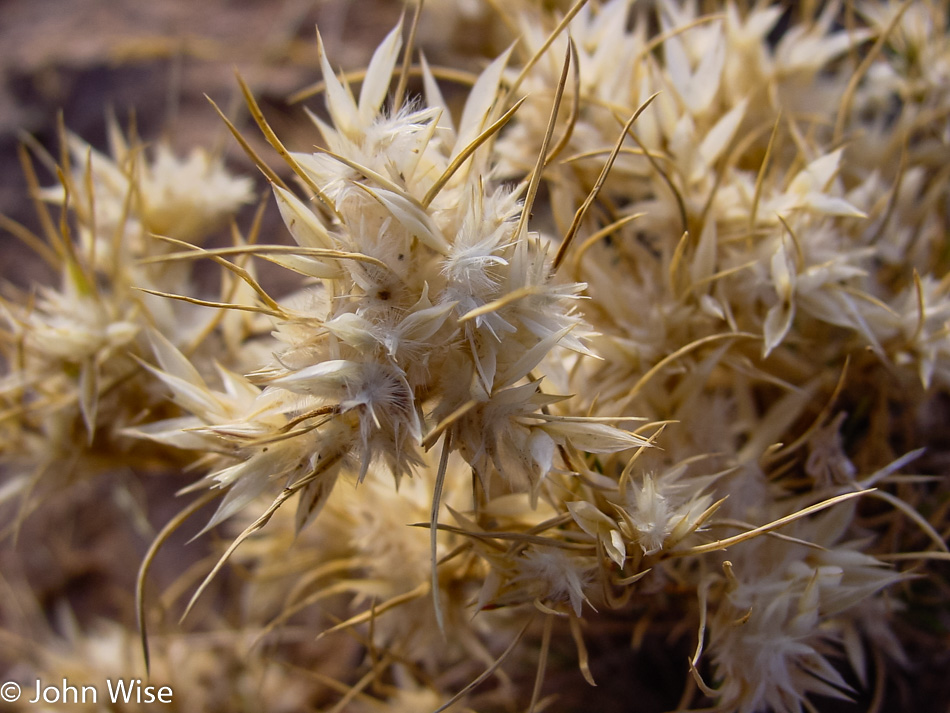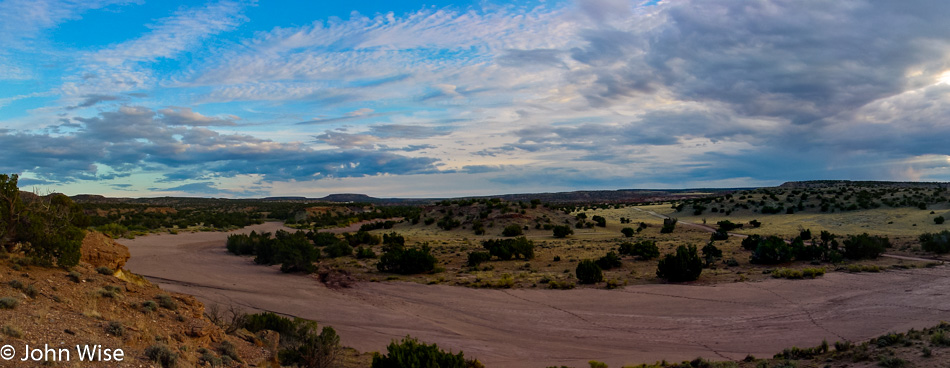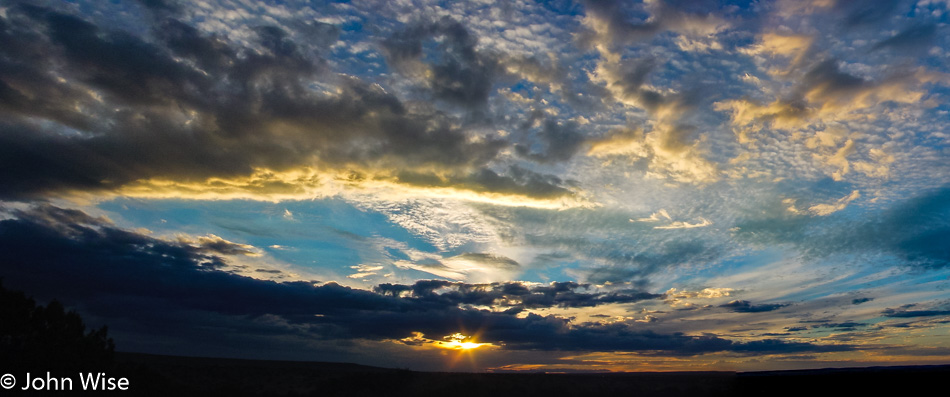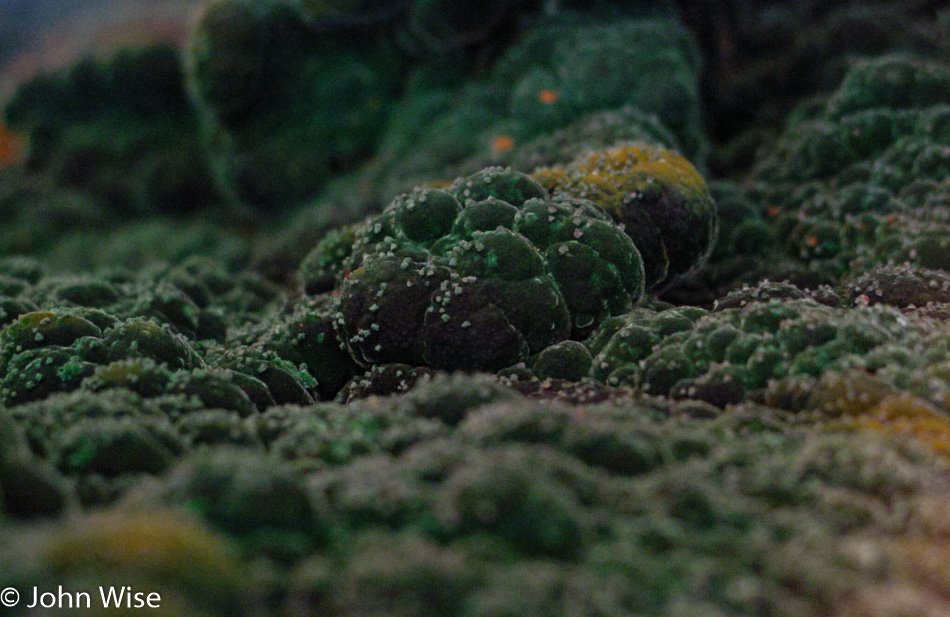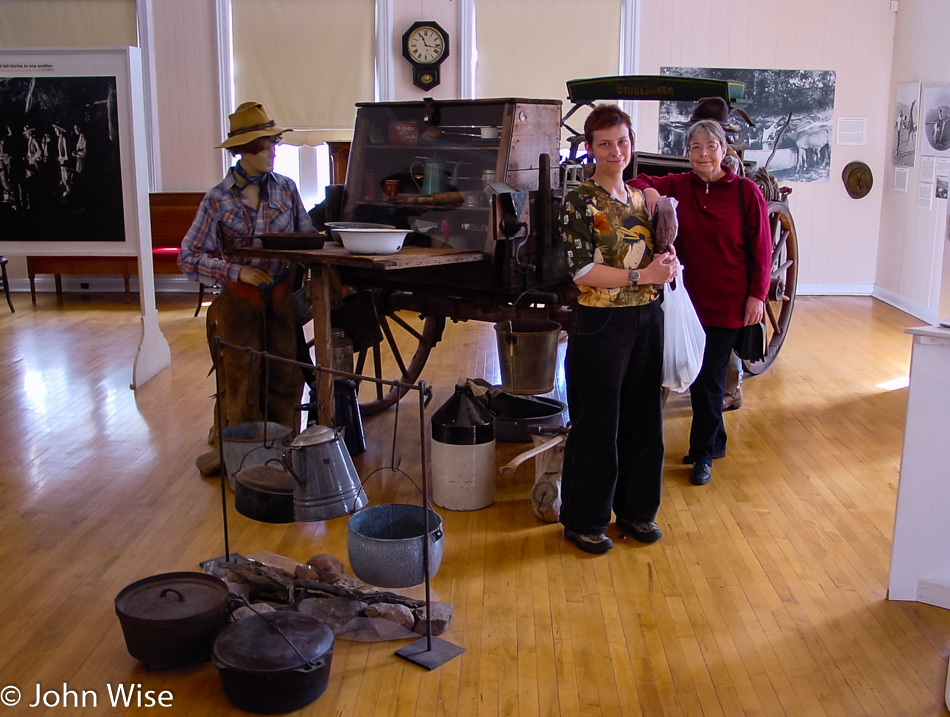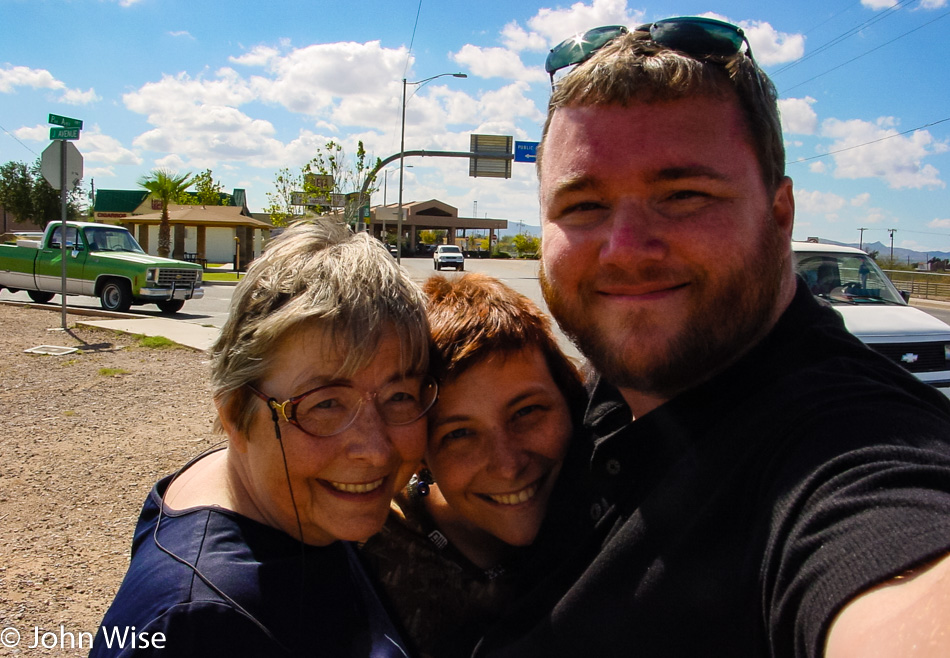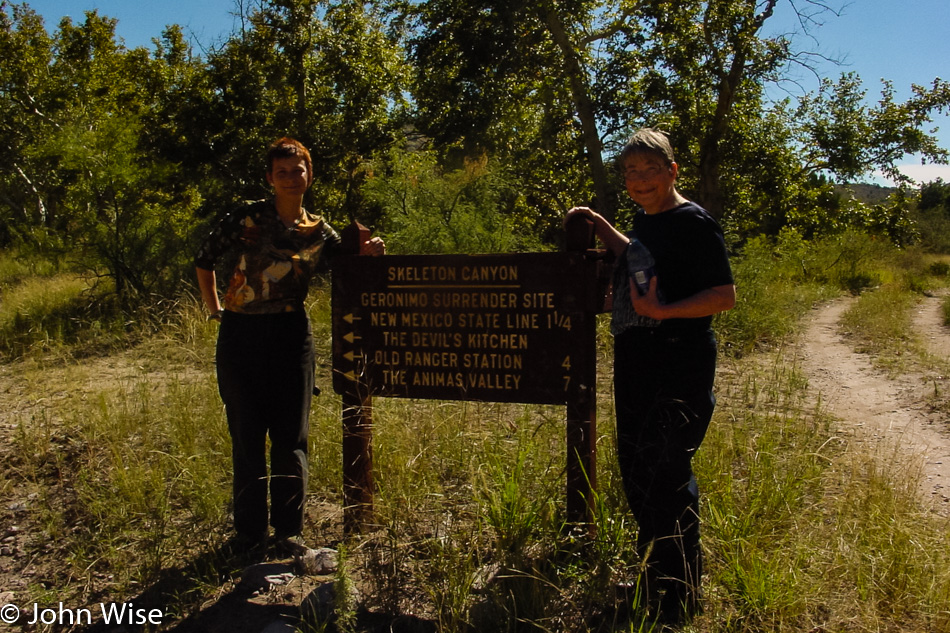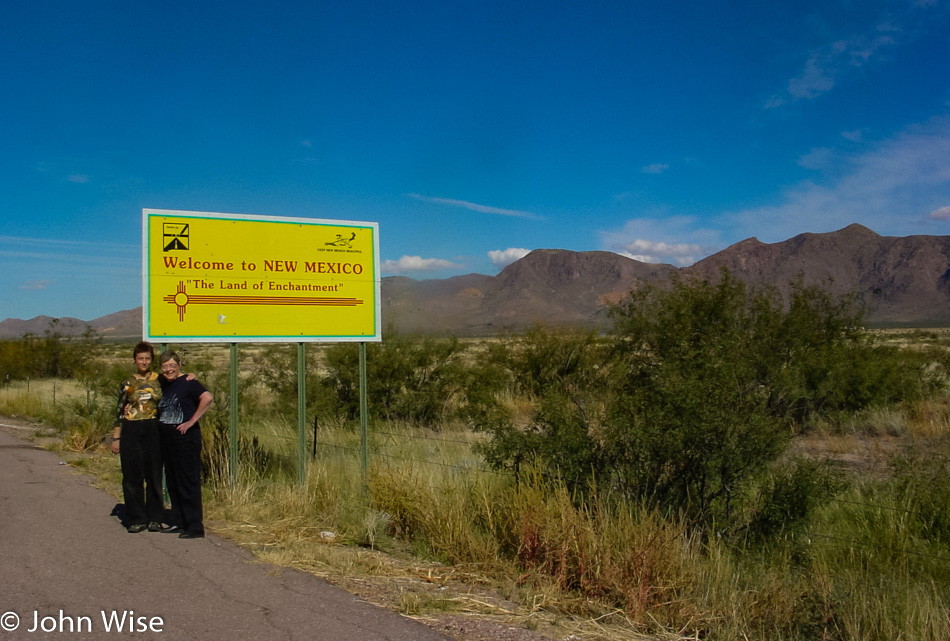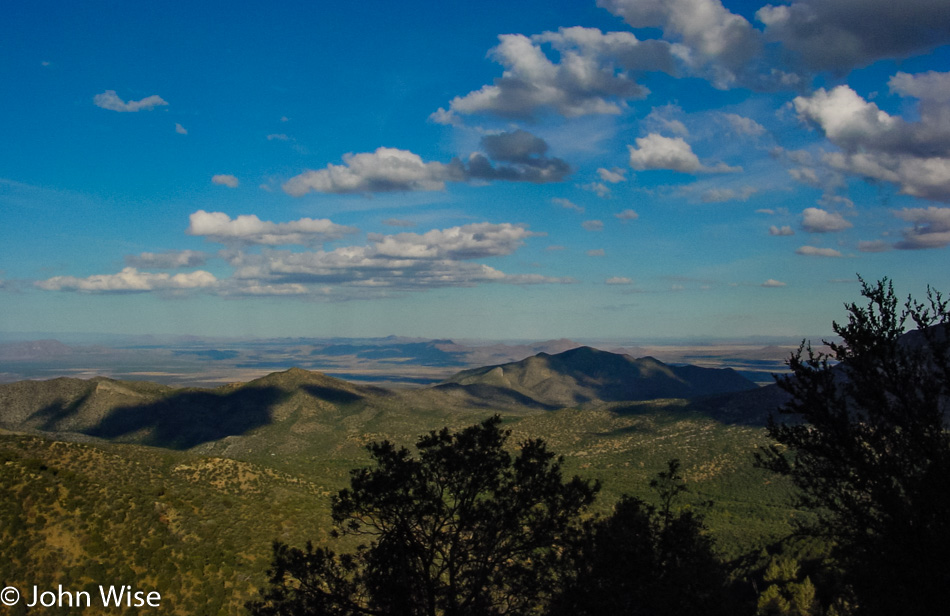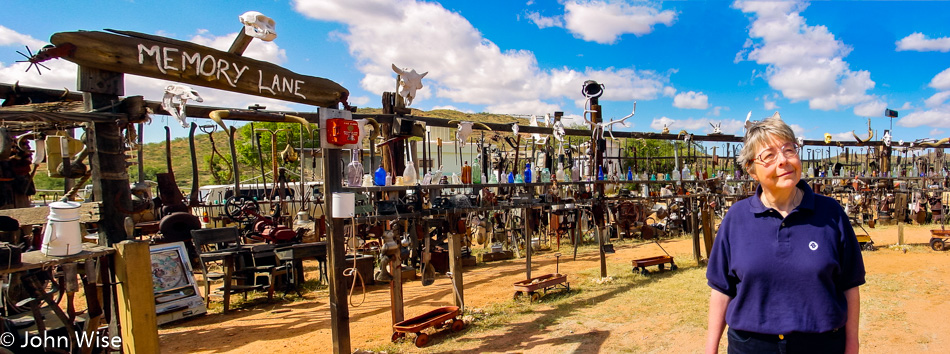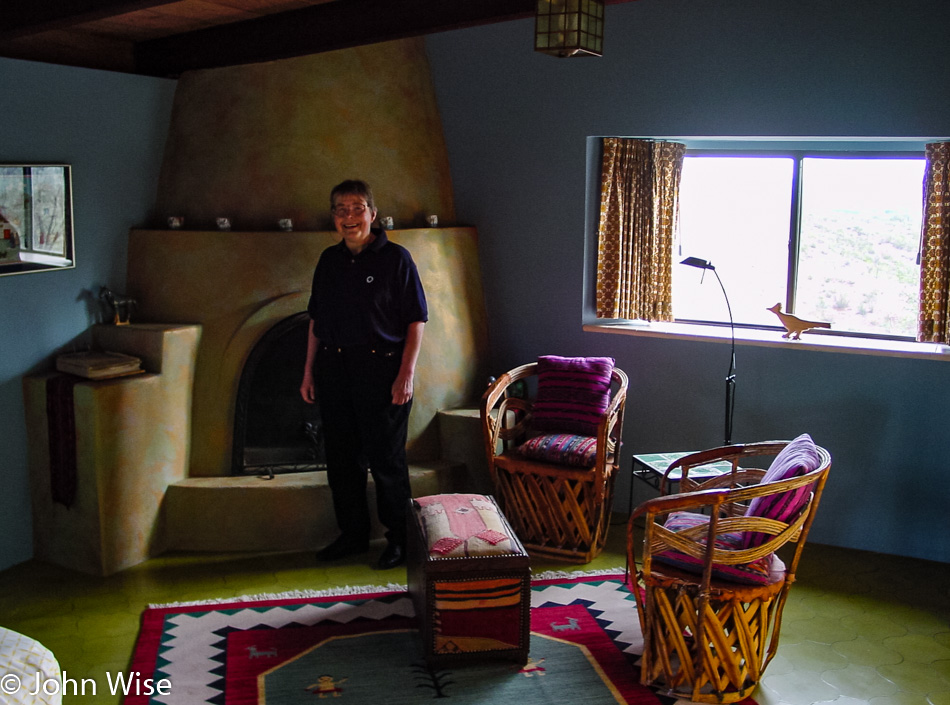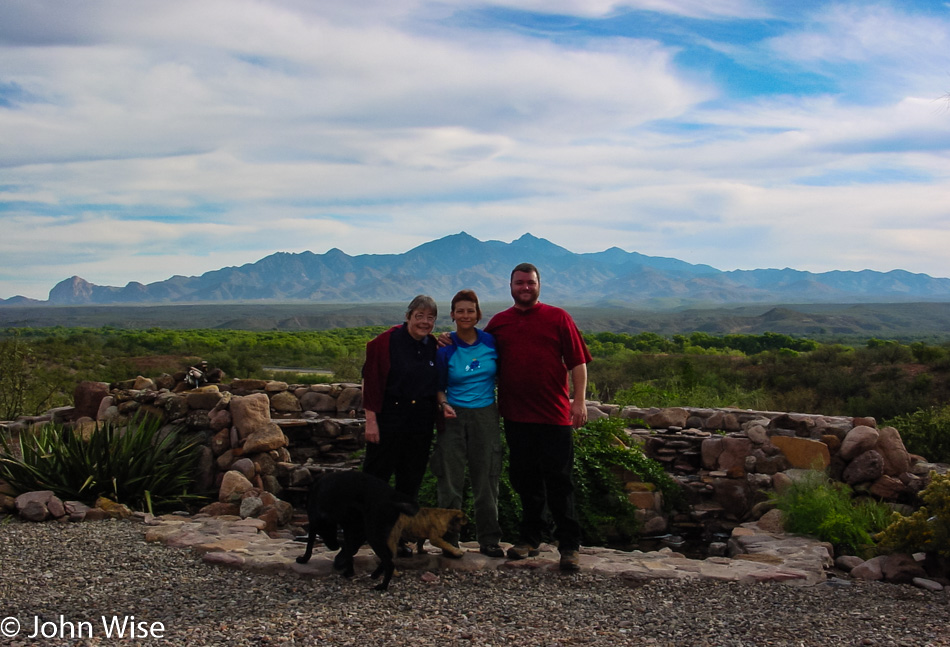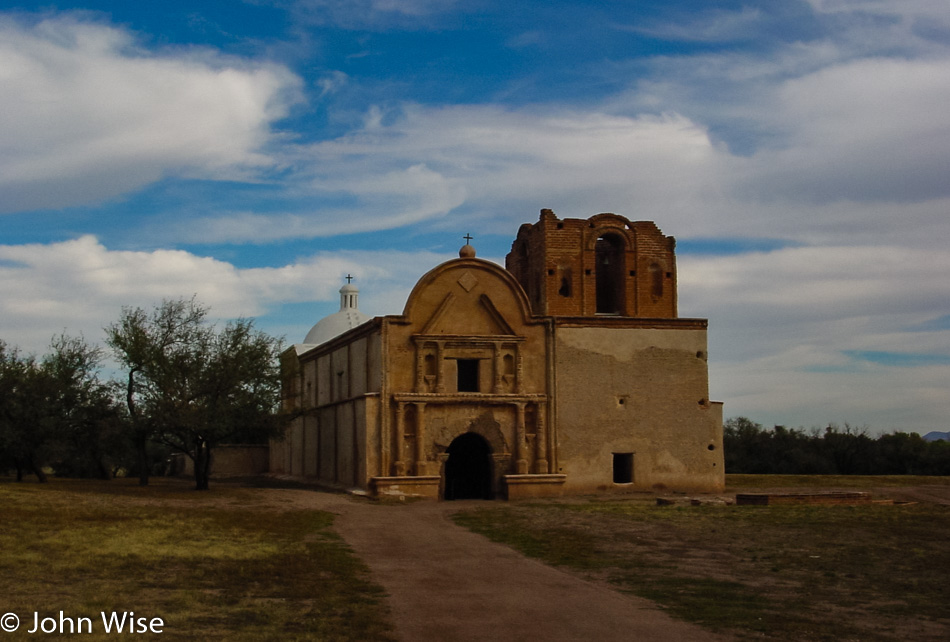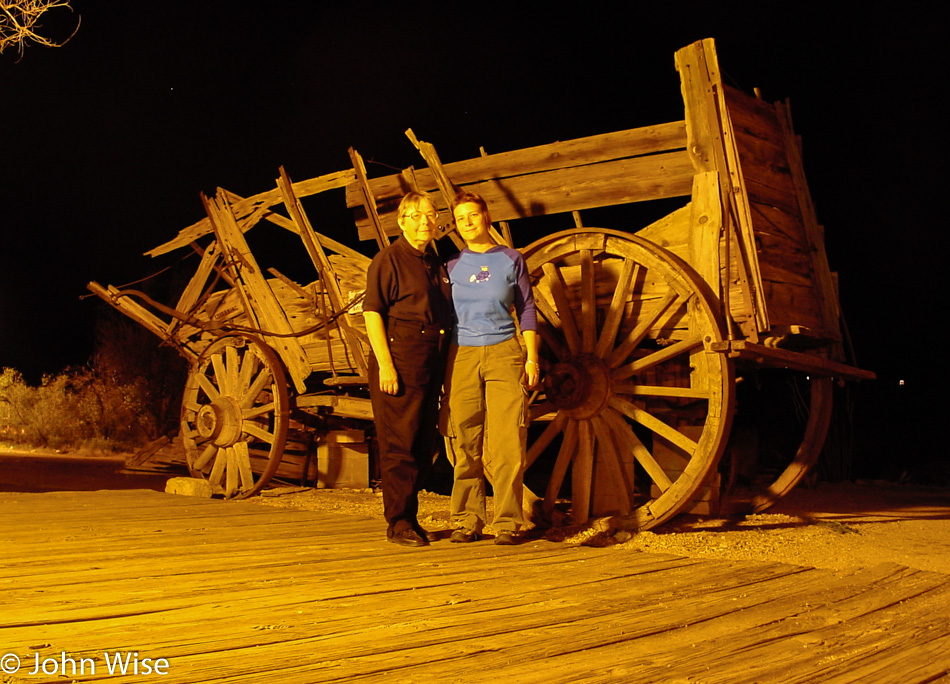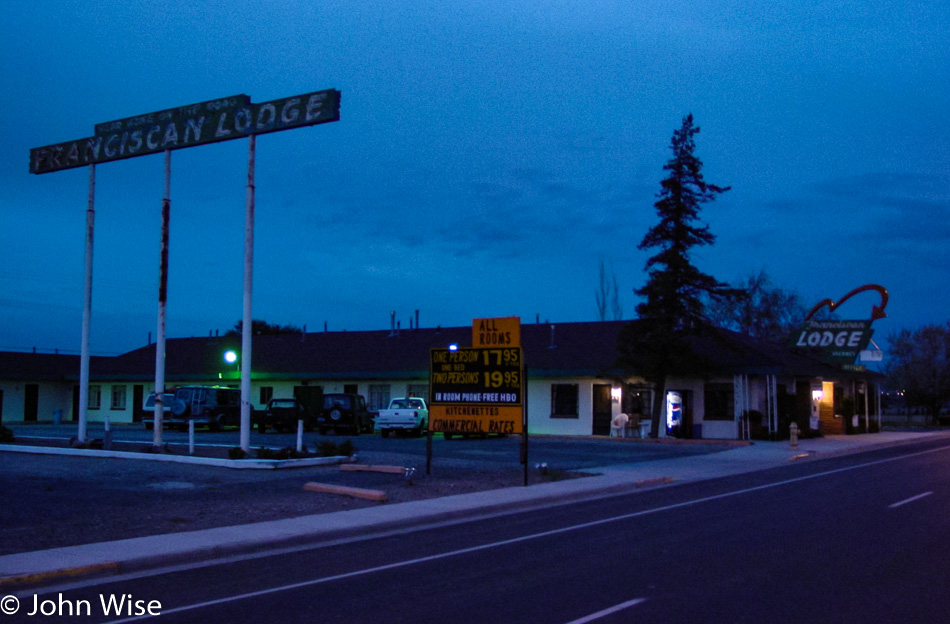
Maybe not the coolest of signs, but somehow a nice one all the same, or am I being blinded by the incredibly low price? When you are going to be traveling 18 of 31 days in a month, you need to save as much money as you can where you can. The Franciscan Lodge here in Grants, New Mexico, was just perfect for us; then again, we have a mixed bag of what perfection is, so don’t trust that this is going to be a luxury suite. We got an early start as we were heading south before turning around to go north and our main destination for the day. Our first stop, though, was at El Morro National Monument.
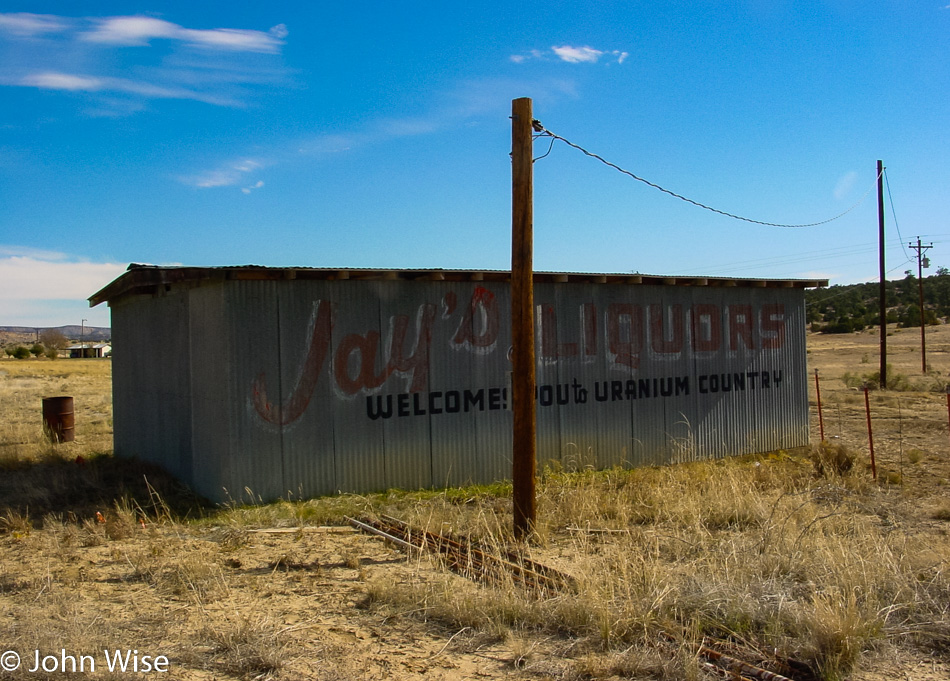
We were too early at El Morro and couldn’t find a park map or any indication of what the main attraction was, so we got underway. Okay, so this roadside little shack with “Jay’s Liquors – Welcomes You to Uranium Country” painted on it makes our detour all worth it. How many times in your life will you see yourself in a place that takes pride in its uranium mining operations?
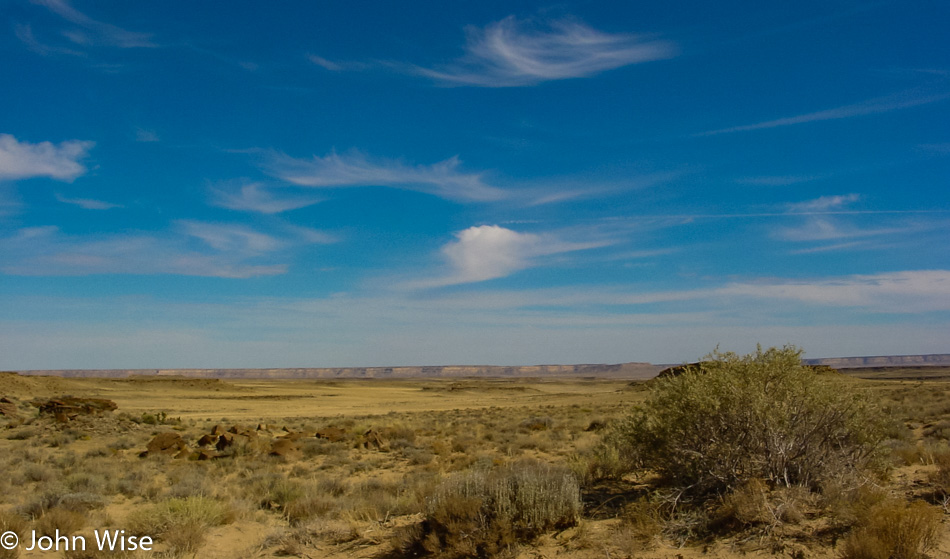
We’re on a primitive back road numbered 57, also known as Navajo Service Route 14, and the sign at the intersection of it and Navajo Route 9 warns the traveler to be aware that the road is not recommended for RVs and that it can be dangerous. Well, there’s always turning around, so, as is usual, we go for it since the idea of approaching our next stop from out of the wilds of the desert seems more appealing than the paved “official” entry road towards the east of our destination.
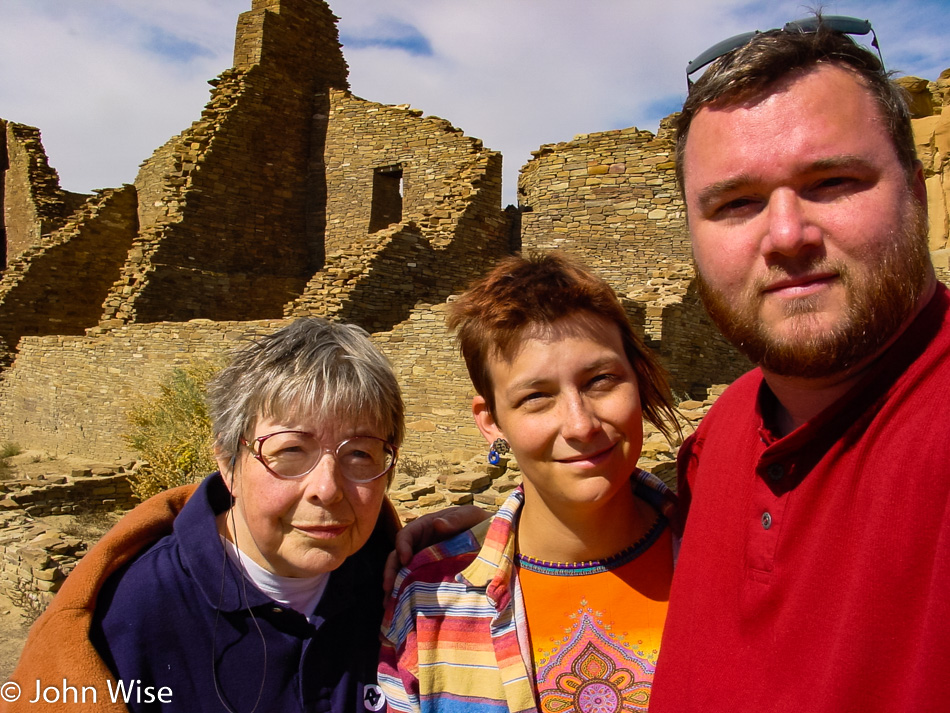
Caroline and I had just been here for the first time about five weeks ago, but like Yellowstone earlier in the year, Chaco Culture National Historical Park was beckoning for our return. We thought this was just the kind of place Jutta could appreciate, and so here we are. Wow, I’m impressed as I just realized that Caroline and I managed to get nine travel days last month, too, which took us to Northern Arizona, Utah, Colorado, New Mexico, and Los Angeles, California.
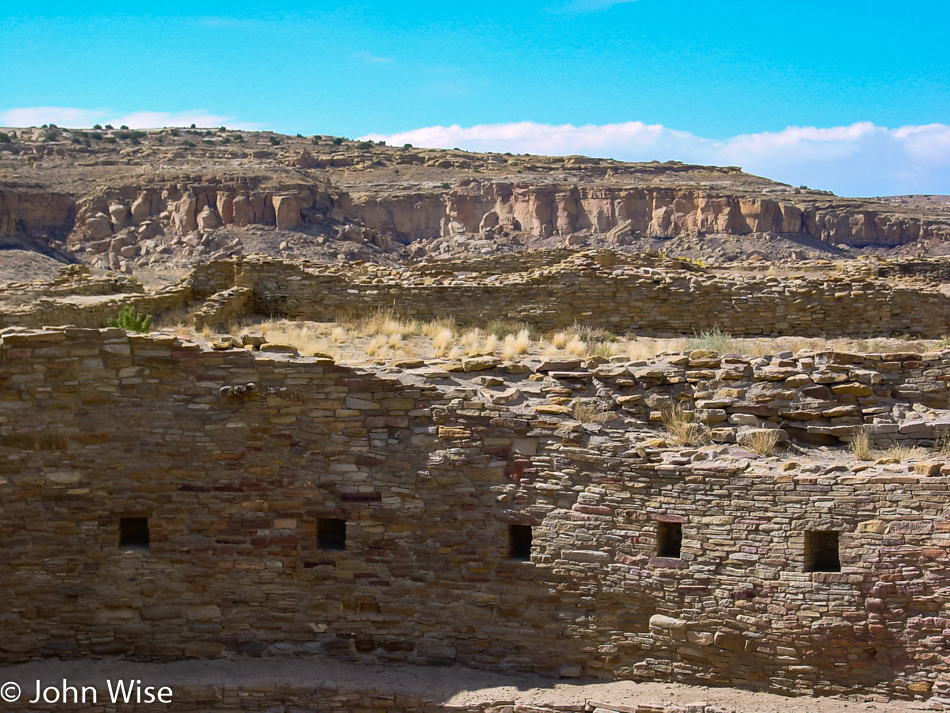
This time, I’m determined to get an adequate number of photos to serve our memory banks should this be the last time we visit this remote outpost. We are looking into one of the many kivas here, and this one is HUGE. Whatever the purpose of this mysterious place was, the ceremonial aspects of the early Puebloans at Chaco must have been of an extraordinary scale. At the Great House of Pueblo Bonito alone, there are 40 smaller kivas, and there are 12 Great Houses at Chaco in total that all have large and small kivas.
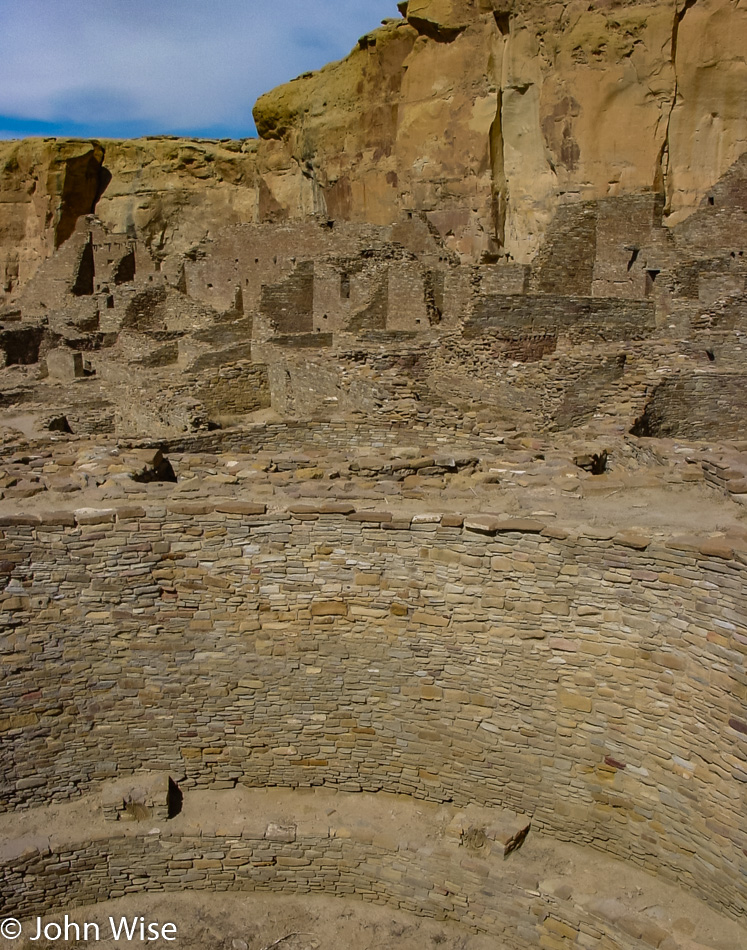
It has been pointed out by historians that these buildings are unique in pre-Columbian Native American architecture because not only were some of the buildings four stories tall, but these were well planned instead of the more typical organic construction method of adding on living space as required. As I pointed out in my previous post these were the largest human-made structures in North America right up into the 19th century.
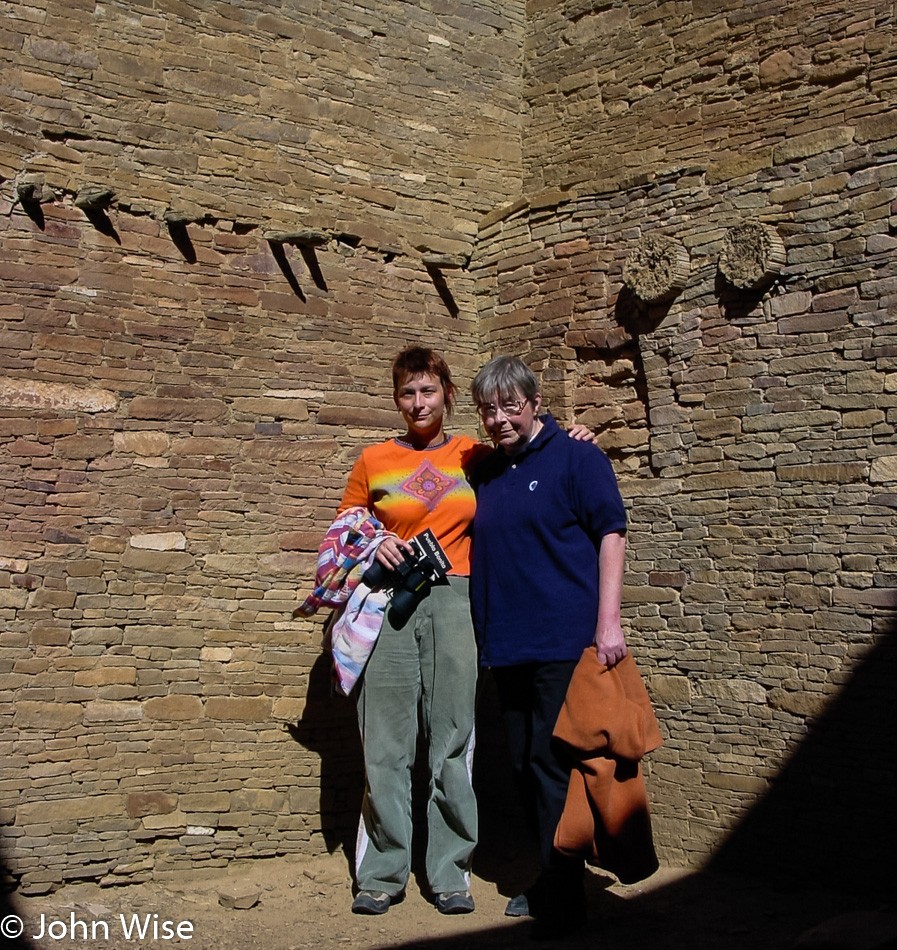
When we consider that Chetro Ketl was made of some 50 million stones, it starts to boggle the mind how all of these structures were built by hand and that these early Puebloans had to drag some 200,000 conifer trees from up to 70 miles away for the roofs.
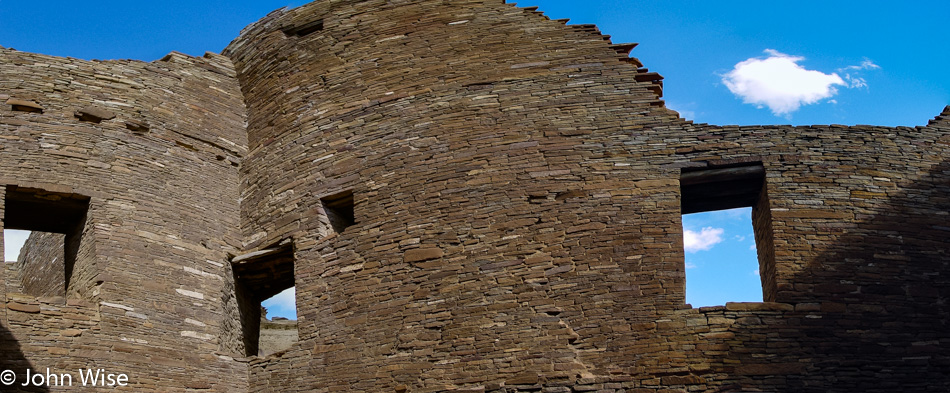
By the time modern humans are old enough to be aware of their environment, they have already seen spaceships, pyramids, 100-story tall glass buildings, images from two miles deep on the ocean floor, and pictures of their own planet from the moon. A thousand years ago, it wasn’t that easy to see the extraordinary, and so I can only imagine what a 20-year-old person would have thought wandering out of the Great Plains to come upon this metropolis of gargantuan proportions. If, as some theories suggest, this was a central gathering point for indigenous peoples from all corners of the region, how would the items for trade and displayed here by the varied people have been marveled at with incredulous eyes?
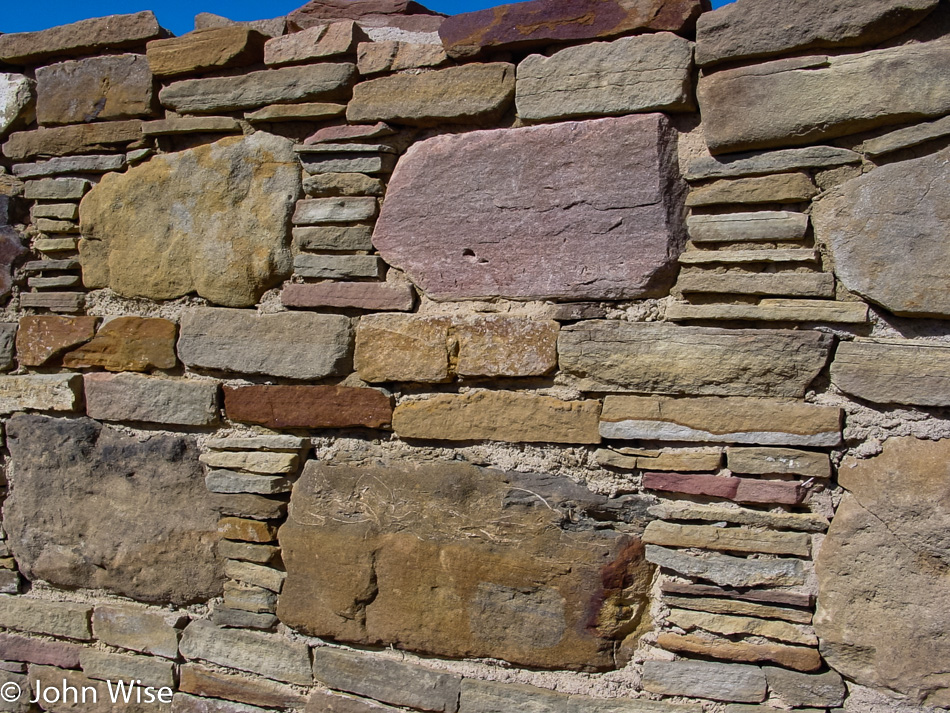
As a child, I was taught through various messages from the media and directly from my formal education that Native Americans had a primitive culture and needed conquering to bring them into modernity. Aside from learning they played a role at our first Thanksgiving, they were otherwise battling the European settlers as they fought the encroachment of the inevitable, being dragged into the customs and religions of the invaders. Then you see this intention, or listen to their languages, or try to understand their symbiotic relationship to the lands they were stewards of, and I realize that the negative stereotypes needed for cultural hegemony are just as alive today as they were more than 400 years ago.
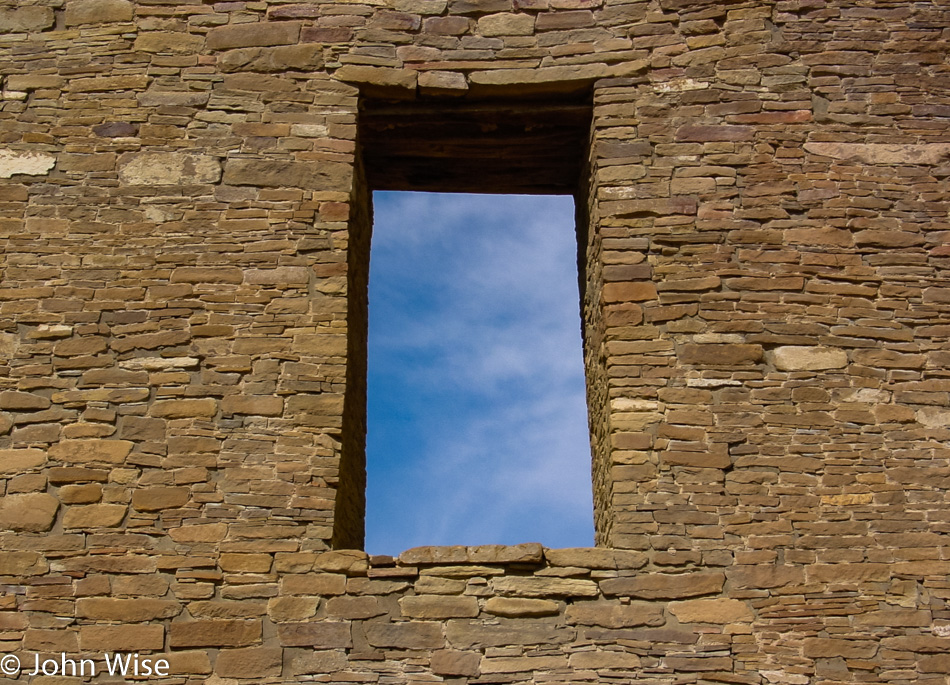
How many of us stop and think that European settlers first went to war with Native Americans back in 1540, keeping up the aggression right through 1924? That’s nearly 400 years of near-constant battles. Even after the American Indian Wars in the 1920s, these peoples were relegated to impoverished, hardscrabble lands, and when treaties were negotiated for land usage rights, many times, those financial agreements were ignored, and native peoples were cheated. But a thousand years ago, while much of Europe was emerging from the Dark Ages, hopeful Native Americans were peering out this window, marveling at the skills and resources their people were able to bring together as they tried to build their future.
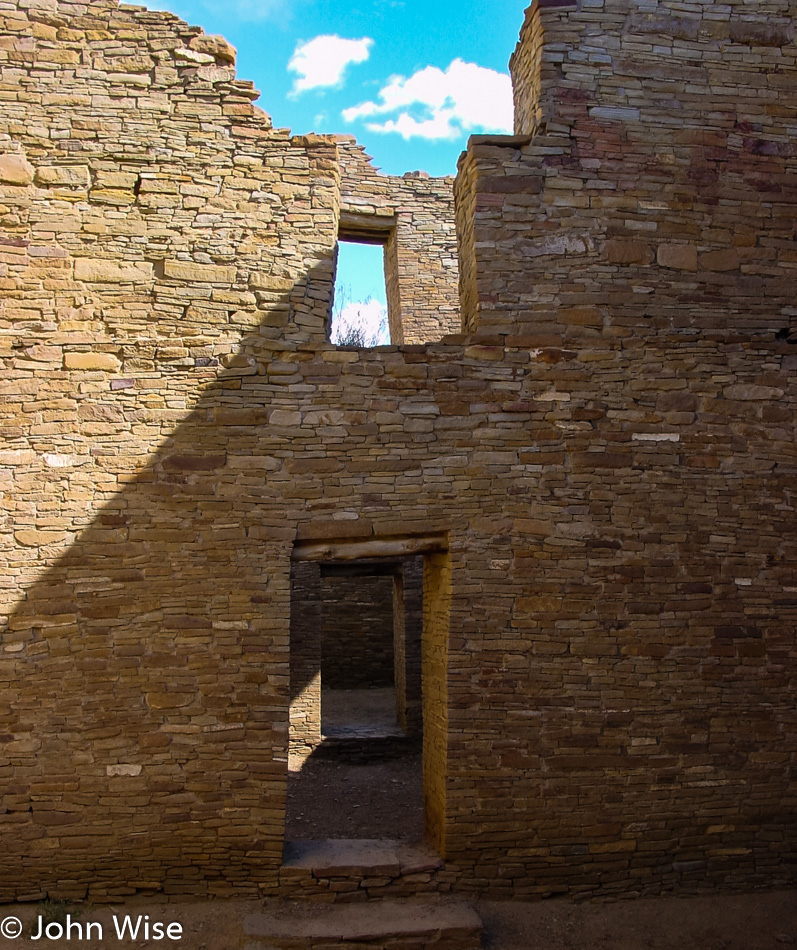
The doors are still largely shut to our Native American population, their cultural history is nearly extinct, and references to them still disappearing after our ancestors started a program to rid America of “savages.” What a sad legacy we are leaving on our incredibly beautiful planet while laying waste to the extraordinary abilities that all people imbue.
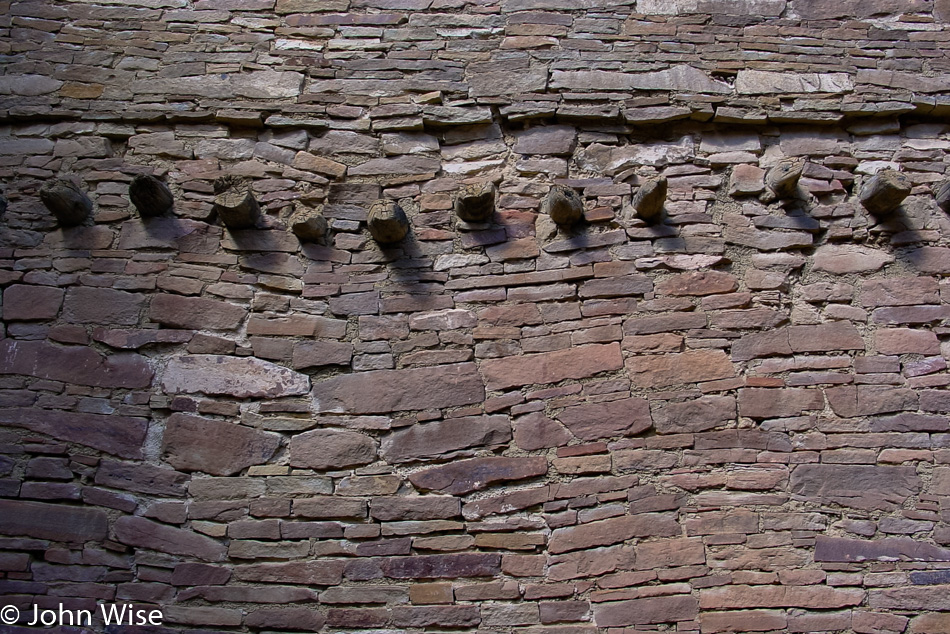
While we’ve spent the better part of the day here, we’re leaving still feeling like we’ve not seen or learned a thing. How could I ever walk in the footprints of the early people who traveled hundreds of miles on foot to visit Chaco? What about the Anasazi Sun Dagger up on Fajada Butte that we can’t visit? Who brought the macaws and their feathers to the desert from Central America? Did visitors from present-day California travel nearly 800 miles across deserts, the Colorado River, and through mountains and forests to reach Chaco for trade? These walls have a rich history and tell a story that we can only imagine, and yet we still fail to celebrate the people who led such complex lives in often harsh environments. The more I think about it, the more I am in respect of those I can never really know.
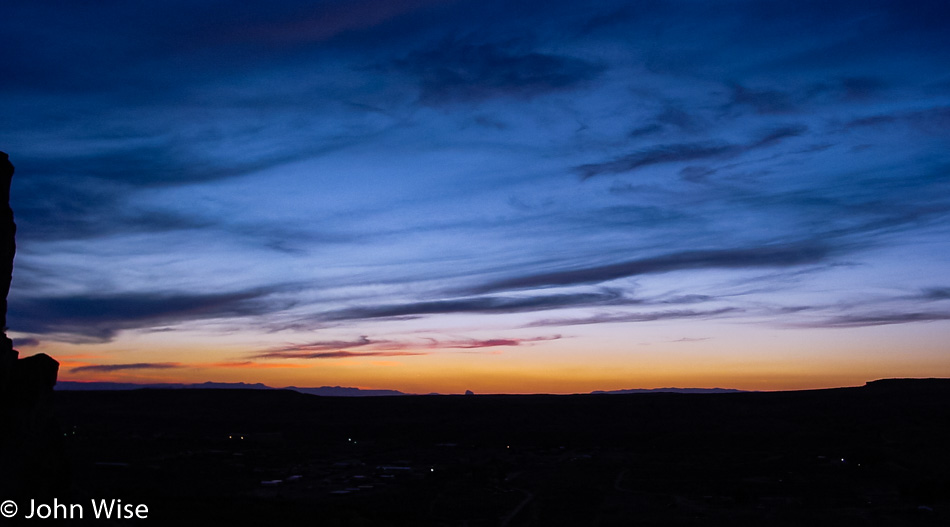
We are spending the night in a place like no other in North America. It is not a hotel, motel, bed & breakfast, or even a private home. We are enjoying the view from our balcony in this photo, and we do not have a neighbor for miles around us. While almost impossible to see in this photo, there is Shiprock off in the distance. Tonight we sleep in a cave. It is a man-made cave carved out of a sandstone cliff, and we were lucky enough to be able to grab it for one night due to someone else canceling a reservation at the last minute.
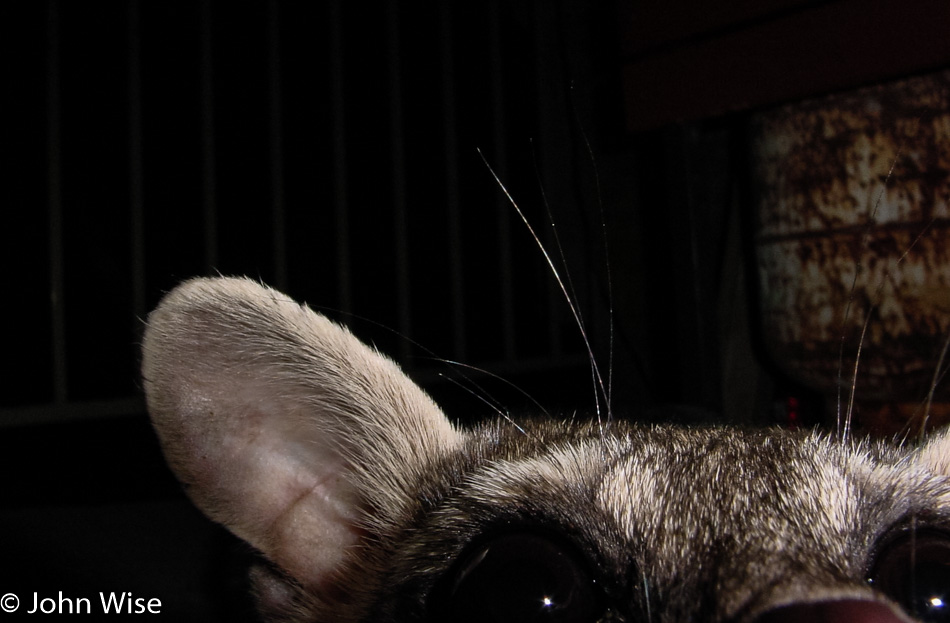
Never in my wildest dreams would I have thought I’d come face-to-face with a ringtail, but here it is, walking right up to me, lying down on the balcony of our cave as it came up, looking for cat food in a well-practiced routine. Matter of fact we were told we might have visitors and that the bag of food next to the sliding door was there for our guests.
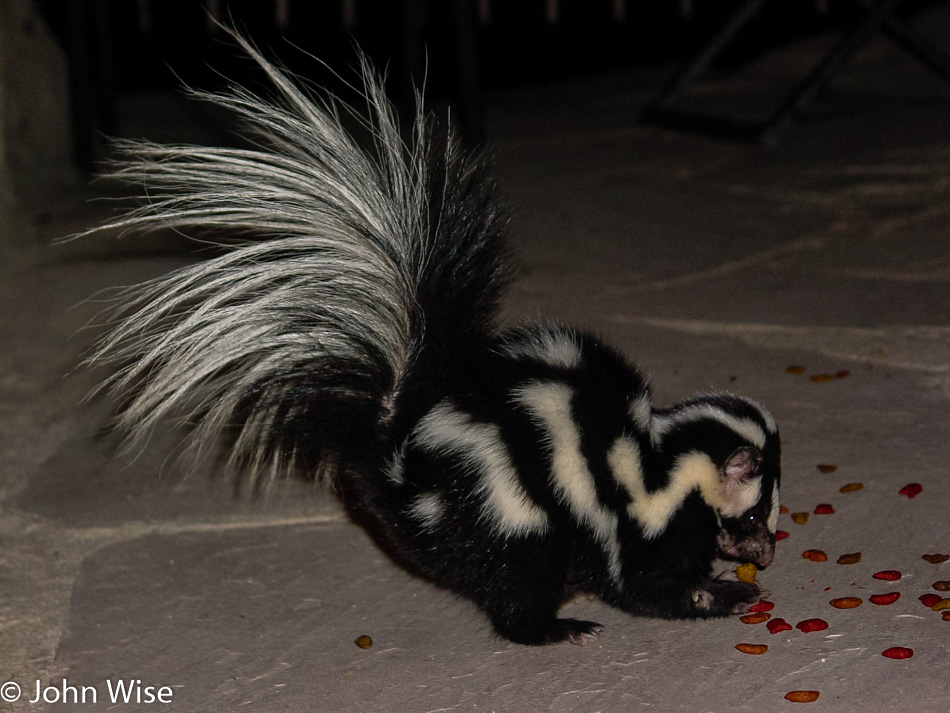
If that wasn’t enough, it was just minutes until this skunk showed up. Initially, we were quite nervous as the three of us were lying still at the open sliding door, debating quietly if we should slide it shut before this cute little stinker threw some of its odoriferous secretions into our faces. Instead, we decided to remain calm and hope that our black and white visitor was more interested in a free meal from the non-aggressive giant heads staring at it. The ringtail and skunk danced around each other with some uncertainty about the other’s intentions, but they were able to keep the peace, and I’m sure our noses are happier for it. Tomorrow, I’ll share what it was like to spend the night in a luxury cave.
